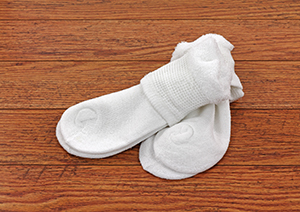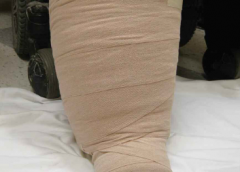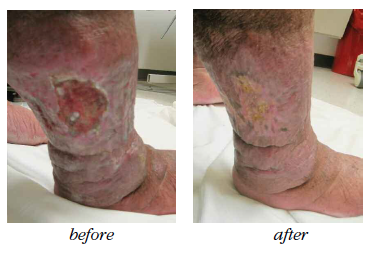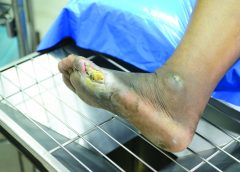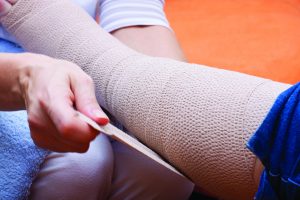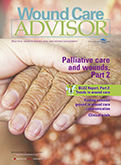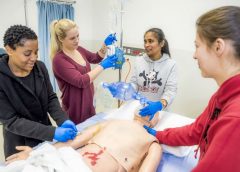Posted: April 6, 2015
Guidelines for optimal off-loading to prevent diabetic foot ulcers “The management of diabetic foot ulcers through optimal off-loading,” published in the Journal of the American Podiatric Medical Association, presents consensus guidelines and states the “evidence is clear” that off-loading increases healing of diabetic foot ulcers. The article calls for increased use of off-loading and notes that “current evidence favors the use of nonremovable casts or fixed…
Posted: April 6, 2015
By Jennifer Oakley, BS, RN, WCC, DWC, OMS The author describes how to overcome challenges to effective communication in the healthcare setting. Accurate communication among healthcare professionals can spell the difference between patient safety and patient harm. Communication can be a challenge, especially when done electronically. With an e-mail or a text, you can’t hear the other person’s voice or…
Posted: April 6, 2015
By Karen Culp, RN, WCC I’m one of the nurses responsible for the pressure ulcer prevention education program at the 150-bed skilled nursing facility where I work. We try to keep education sessions simple, fun, and interactive. One day, our administrator asked us to develop a crossword puzzle and “minute to win it” education game that would be appropriate for…
Posted: April 6, 2015
By Donna Sardina, RN, MHA, WCC, CWCMS, DWC, OMS Keeping clinicians up to date on clinical knowledge is one of the main goals of the Wild On Wounds (WOW) conference,held each September in Las Vegas. Each year, I present the opening session of this conference, called “The Buzz Report,”which focuses on the latest-breaking wound care news—what’s new, what’s now, and…
Posted: April 6, 2015
This approach brings patient-centered care to life. By Gail Rogers Hebert, MS, RN, CWCN, WCC, DWC, OMS, LNHA Editor’s note: This article is the second in a two-part series on palliative wound care. For the first part, click here. By preventing and relieving suffering, palliative care improves the quality of life for patients facing problems associated with life-threatening illness. This…
Posted: April 6, 2015
By Bill Richlen, PT, WCC, DWC, and Denise Richlen, PT, WCC, DCCT How many times have you heard someone say, “I didn’t know PTs did wound care”? Statements like this aren’t uncommon. The role of physical therapists (PTs), occupational therapists, and speech therapists in wound care is commonly misunderstood by and even a mystery to many clinicians. Sometimes the therapists…
Posted: April 6, 2015
By Donna Sardina, RN, MHA, WCC, CWCMS, DWC, OMS Editor-in-Chief During a recent wound care presentation, an audience member jumped up to contradict the speaker. “That is incorrect,” she asserted. “The rules state….” When someone asked her what rules she was referring to, she replied, “The government’s rules.” On the surface, that might seem like a straightforward answer. But when…



